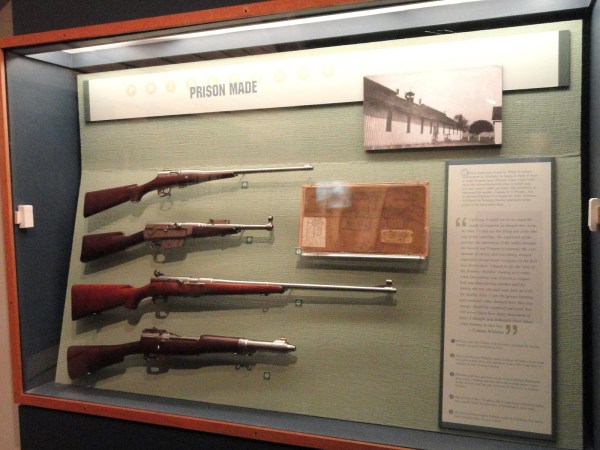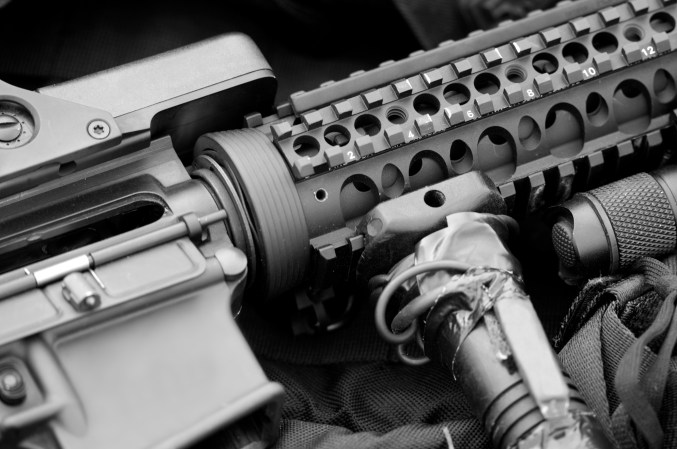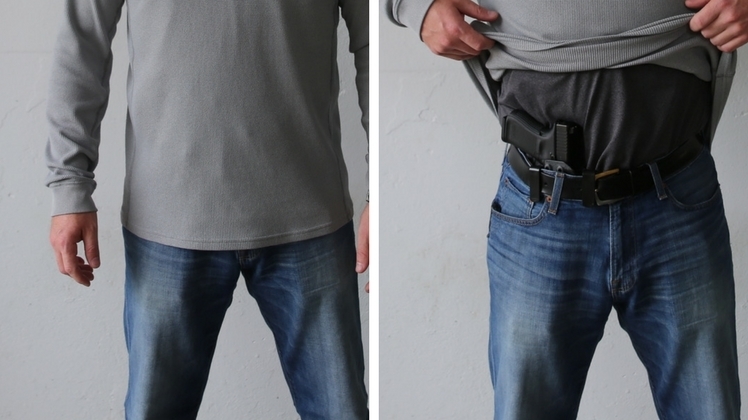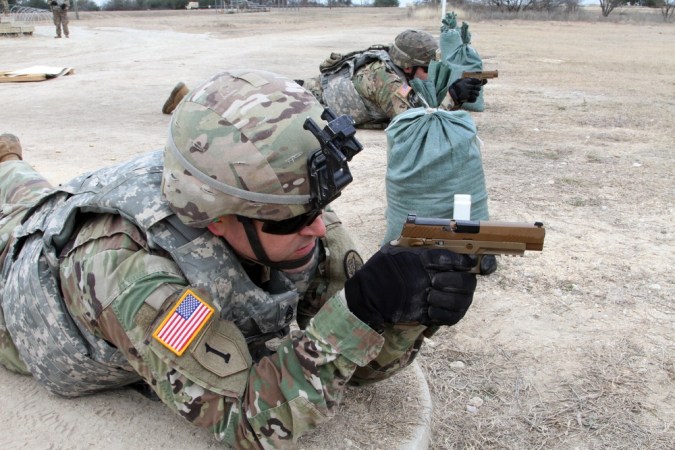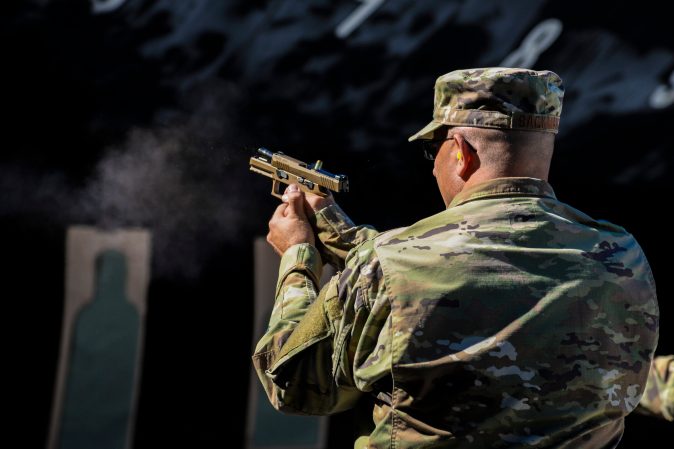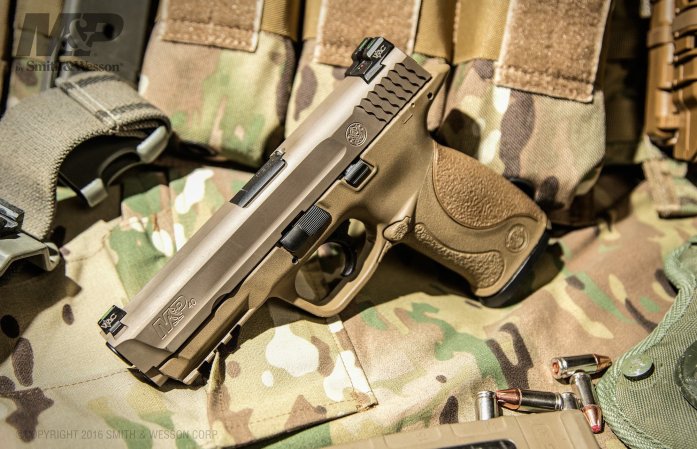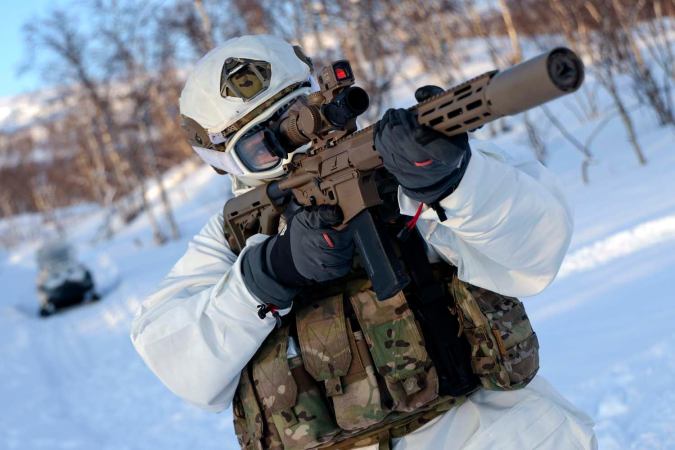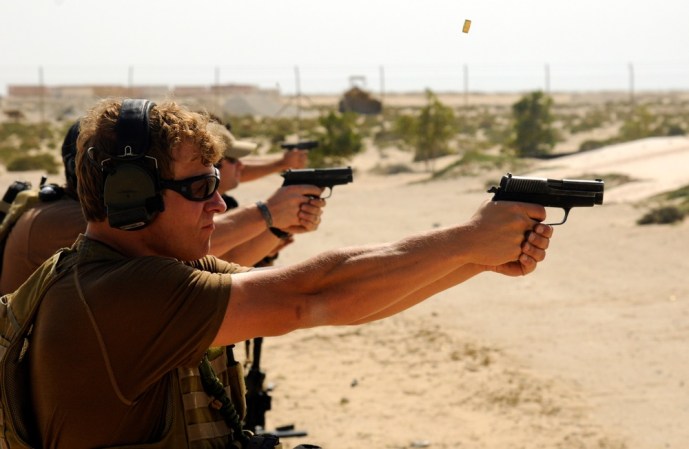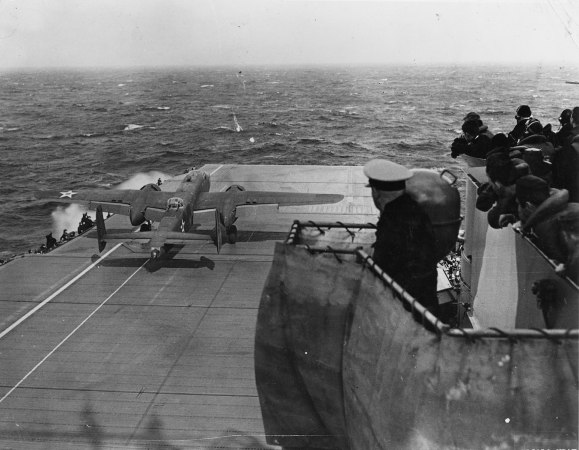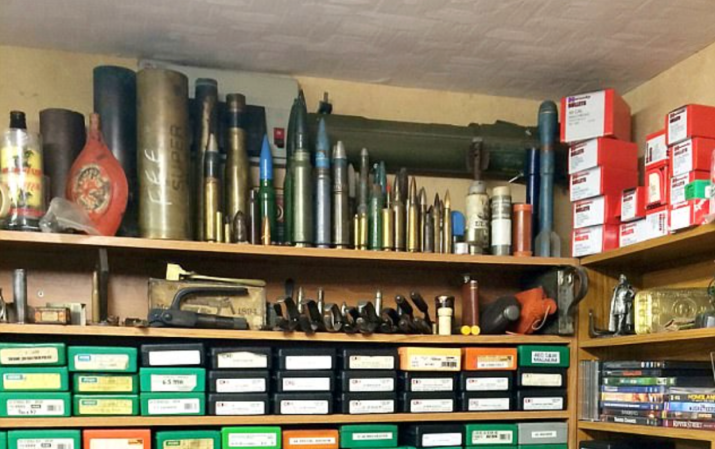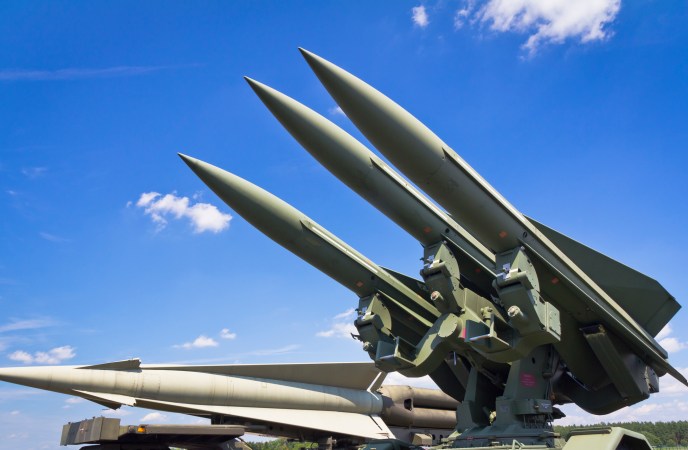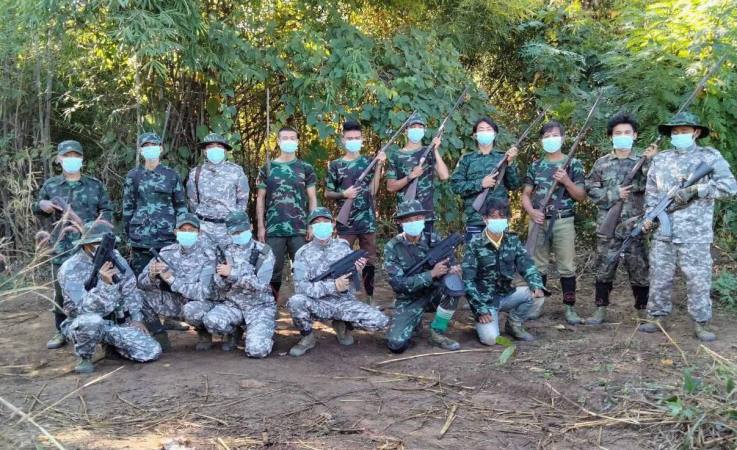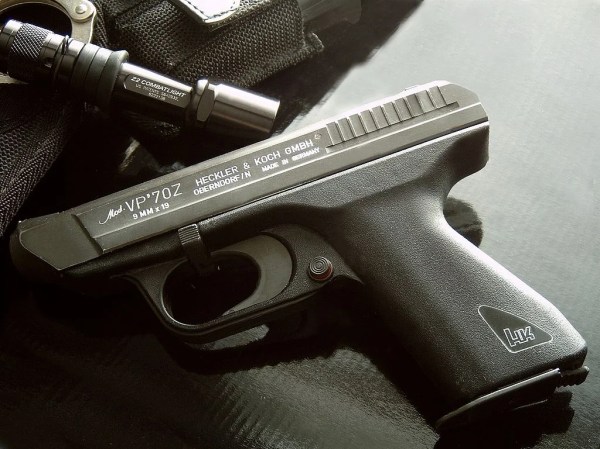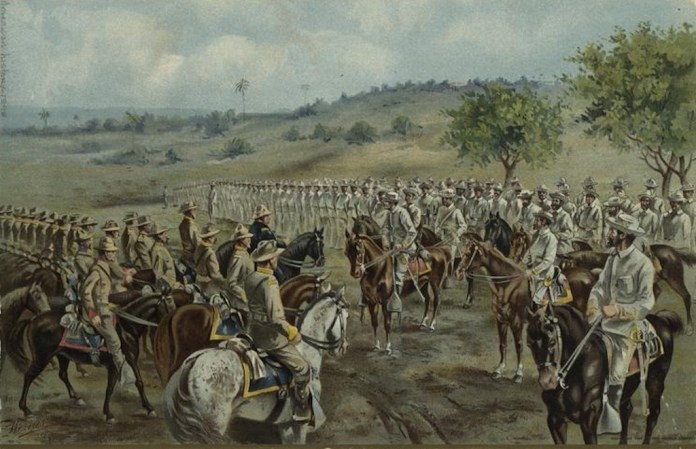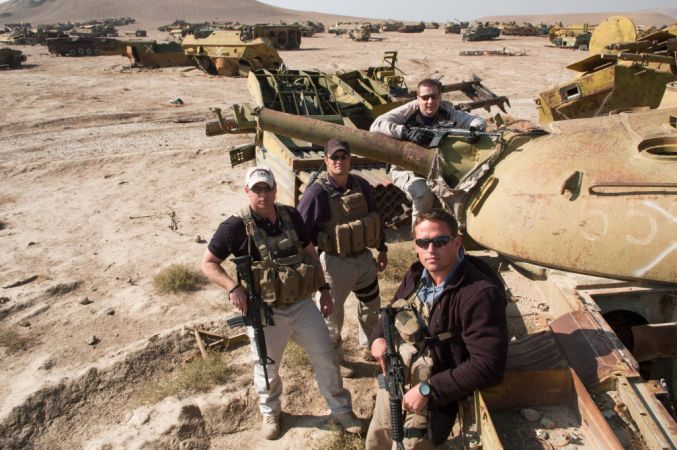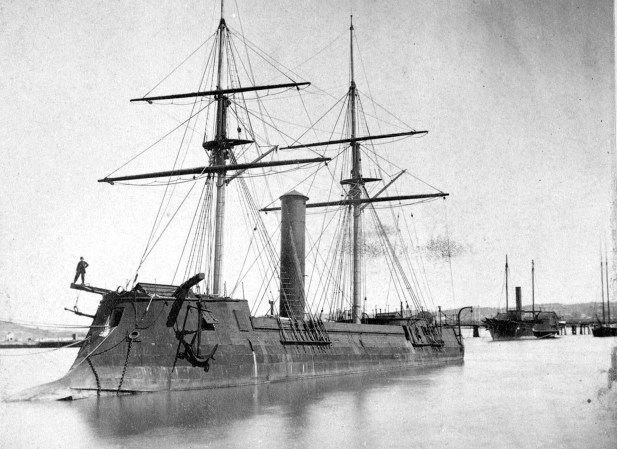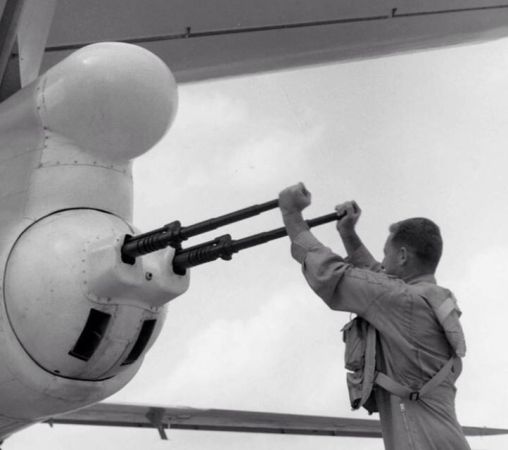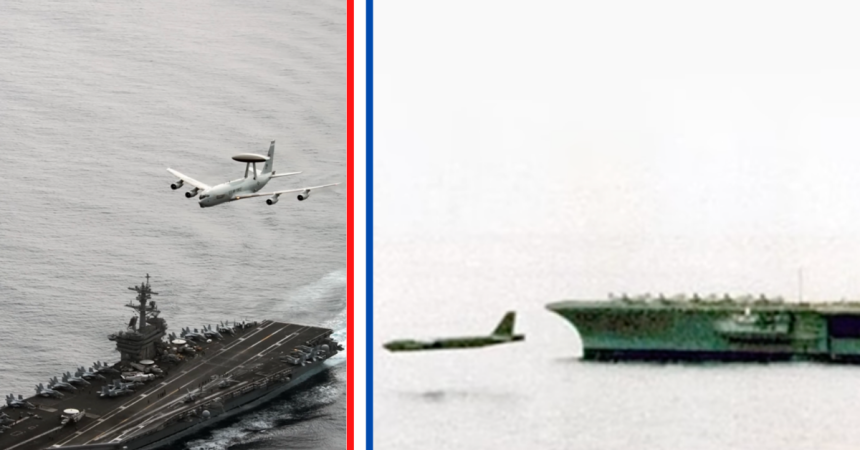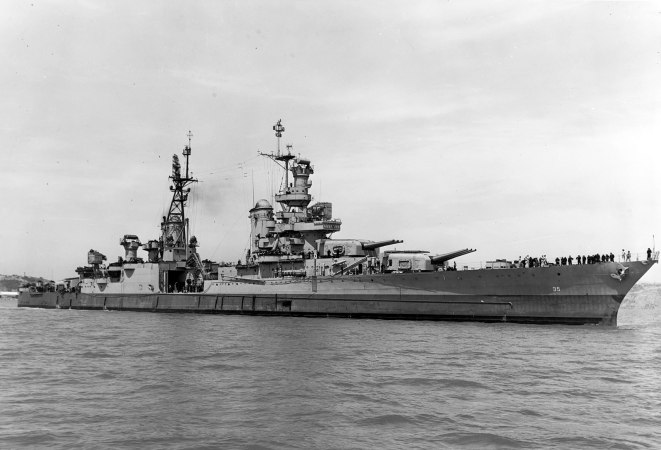The iconic Luger pistol is synonymous with the Germany military. Commonly depicted in movies and video games, the pistol is commonly thought of as the standard Wehrmacht sidearm of WWII. However, while the Luger was issued, it was not Germany’s primary pistol during the war. In fact, production didn’t continue past 1942.

In 1898, Georg Luger designed the Pistole Parabellum. Better known as the Luger pistol, it was first adopted by the Swiss military in 1900. The next year, Germany began testing the Luger. After the pistol’s caliber was changed from 7.62x21mm to 9x19mm, the Luger was adopted by the Imperial German Navy in 1904 as the Pistole 1904. Four years later, the German Army followed suit and adopted the Luger as the Pistole 1908.

Germany first fielded the Luger in combat during the Maji Maji Rebellion in German East Africa. Soldiers complained about the pistol’s grip safety, which was removed in the later P08 model. When WWI broke out, Luger production increased to equip all German Army units. The Lange Pistole LP08 model, also known as the Artillery Luger, was also created. It featured a stock, longer barrel and could accept drum magazines. Early warplanes used the LP08 before machine guns were fitted to aircraft. German Stormtroopers used the weapon to great effect in the trenches, even after the introduction of the MP 18 submachine gun.

After WWI, the Treaty of Versailles restricted Germany to possess just 50,000 pistols and completely banned pistols and submachine guns with stocks. During the interwar years, as Germany rebuilt its military, the army sought to replace the expensive Luger. In 1938, the Walther P38 was selected as the German military’s new sidearm. It offered similar performance to the Luger at half the price. However, after WWII started, the conversion of production lines from the P08 to the P38 slowed. As a result, the Luger remained in production until September 1942. In November 1943, the German Army took its last delivery of Lugers and refused to accept any more.

In addition to the P38, German officers were also issued the Walther PP and shorter PPK during WWII. Designed in 1929, the Polizeipistole, or police pistol, was wisely used by law enforcement. The Polizeipistole Kriminal PPK featured a shorter grip and barrel and was designed for criminal investigation officers needing a smaller and more concealable weapon. In contrast to the on-screen portrayal in Band of Brothers, Major Dick Winters accepted a German officer’s Walther PP as part of his surrender and Adolf Hitler reportedly committed suicide with his PPK.

The Germans fielded more Walthers than Lugers during WWII and the older pistol was more desirable as a war trophy for Allied troops. The prestige of a captured Luger outweighed that of a Walther and soldiers desperately scoured the battlefield for one of their own. German soldiers learned of this preference and reportedly rigged Lugers with land mines or grenades. Still, Allied troops brought home thousands of Lugers from the war and the pistol’s fame overshadowed the historically more common Walther. Still, the Walther PPK earned Hollywood status of its own as the preferred sidearm of James Bond.



